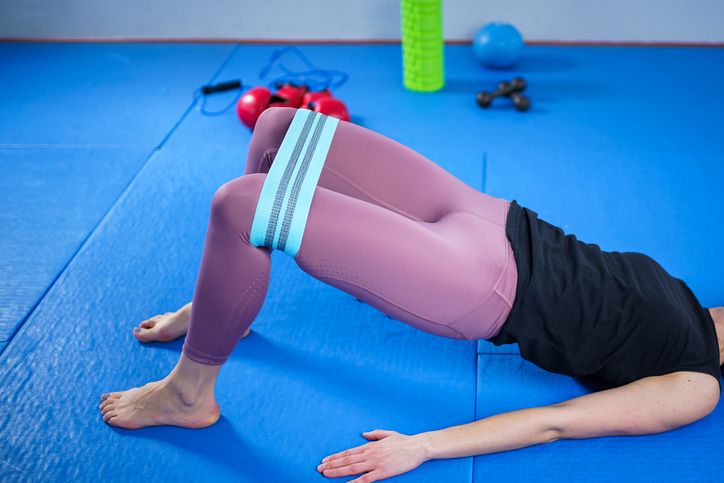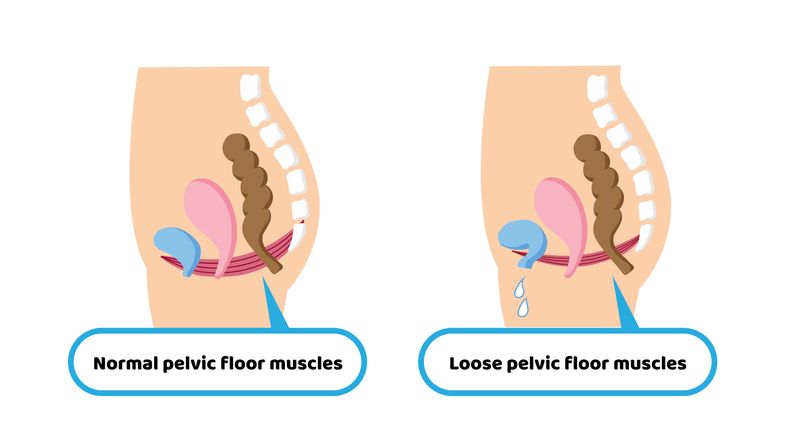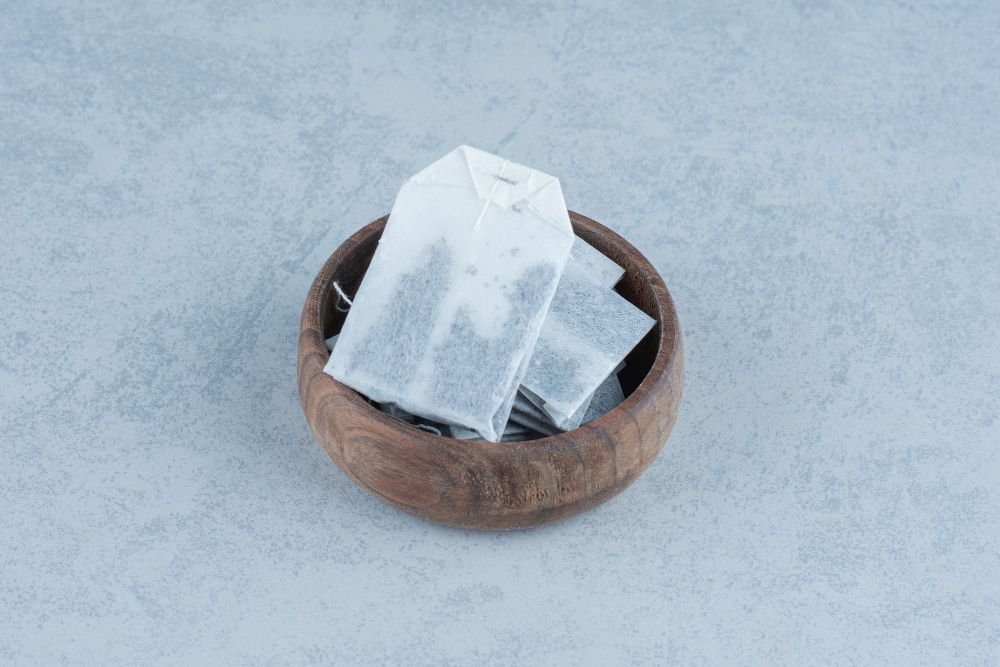

Book Now to Experience
S6 Body Sculpting Treatment
1 Minute Self-Registration
Date should not be before minimal date
Author: Leila Tan|Updated: 23 July 2024
Kegel exercises are one of the well known exercise routines. Kegel exercises are known to be a form of exercise that help to strengthen your pelvic floor muscles. Pelvic floor muscles are the muscles that we use to stop the flow of urine when we are sitting on the toilet. This exercise offers many benefits to our body and having a good understanding about this exercise can help to strengthen the muscles.

1
What is kegel exercise

Kegel exercises which are also called pelvic floor exercises are an easy clench and release movement that helps to strengthen the muscles of your pelvic floor. Pelvis is the area between the hips where the reproductive organ is located. These exercises are mainly known for helping in preventing the urine from leaking but it also contains some other benefits. Keeping these muscles strong helps to keep our uterus, bladder, and your bowel from sagging down into the vagina. This condition is called pelvic organ prolapse.
Having weak pelvic floor muscles can contribute to certain problems such as the inability to control the bladder and bowel. So having a good understanding about the kegel exercise and how it benefits your muscles can help you in great ways.


2
What happens if pelvic organ prolapse does occur

If you have pelvic organ prolapse, then you may experience a leak out of urine and poop. This condition is also called urinary incontinence and fecal incontinence. Additionally you may lose sexual sensitivity in your vaginal muscles. But do not worry, you can cure this by doing the right kegel exercises.
What causes pelvic organ prolapse to develop in the first place
There are many reasons why someone develops pelvic organ prolapse. Below are listed some of them:
- Pregnancy: when you had a long and difficult labor. Giving birth to multiple births or large babies also can be one of the reasons. - Stress: excessive stress on the muscles of your pelvic floor muscles - Overweight: being overweight. - Surgery: Having surgery in your pelvic area is one of the reasons. An example of this surgery is cesarean section for child birth. - Exercises: certain exercises such as heavy weight lifting or any high impact exercises such as running and jumping. - Genetics: people who are born with higher risk than others in developing weakness in the tissues that support pelvic floor muscles. - Constipation: having constipation and any long term health condition that causes cough and strain. - Menopause: getting older and going through menopause. This causes estrogen loss and weakens the muscles in the area. - Hysterectomy
Read More

3
Benefits of kegel exercises

As we have said above, there are many benefits that kegel exercises can give us. Some of them are as follows:
Helps your fitness
Lack of movement because of lifestyle can cause problems on our body in multiple ways. Habits such as prolonged sitting, repetitive movements, injury, and pregnancy should be treated attentively. Having less movement such as extended sitting leads to overall deconditioning. During pregnancy the stretch in abdominal muscles can cause the core muscle to weaken. Because of conditions like this, the pelvic floor becomes weaker. So adding pelvic floor exercises to daily workout routine can help to strengthen that part of the muscle. For a woman pelvic floor muscles are important as it supports the pelvic organs.
Helps overall pelvic health during menopause
The level of estrogen often fluctuates during the menopause season. This leads to less blood flow to the pelvic floor muscles and causes overall decrease in muscle tone. Doing frequent kegel exercises can help your tissues to squeeze the old blood and pull in fresh blood that helps with the restorative and strengthening process.
Kegels cures bladder leakage
Pelvic floor muscles support our bladder, uterus, and rectum. When the muscles around this part get weak and uncoordinated, the bladder and bladder neck have less support and closure around the sphincter which causes incontinence. Sometimes certain heavy movements such as exercises, lifting heavy objects, or while coughing can cause stress to urinary incontinence which leads to bladder leaks. Kegel exercises are known best for urinary incontinence.
How to Find the Right Muscles
Normally a kegel exercise has been described as pretending you have to urinate and holding it. During this process it is important to stay relax and tighten the muscles which control the urine flow. If you can feel that your muscles are being tighten, then it is a indicator that you are doing the exercise in the correct form. During this exercise, you should feel your thighs, buttock muscles and abdomen are getting tight and you should feel relaxed.
If you still unsure and have doubt about tightening the right muscles:
- Try to imagine that you are trying to keep yourself from passing gas. - For women insert a finger into your vagina. Try to tighten the muscles as if you are holding in your urine, then let go. By that time you should feel the muscles tighten and move up and down. - For men insert a finger into your rectum. Try to tighten the muscles as if you are holding in your urine, then let go. By that time you should feel the muscles tighten and move up and down.


4
How to do kegel exercises

Find the right muscles: Find out your pelvic floor muscles. Once you know where your pelvic floor muscles are located, you can perform the exercises in any position per your preferences such as lying on the floor and doing it.
Keep your focus: Keep your focus on tightening your pelvic floor muscles can give you the optimum results. It is reminded not to stress the muscles in your abdomen, thighs or buttocks. It is also best to breathe freely during the exercises.
Perfect your technique: Perfecting your exercise form can give you the best result. You can imagine sitting on a marble and tightening your pelvic muscles as if you're lifting the marble. Do this method for three seconds at a time and then relax from a count of three.
Repeat three times a day: Aim to do this set for at least three sets of 10 to 15 repetitions a day.
There are few things that you need to ensure before and during doing the kegel exercises, such as:
- Ensure your bladder is empty before sitting or lying down. - To tighten your pelvic floor muscle, hold on tightly and count from 3 to 5 seconds. - Relax the muscles and keep counting from 3 to 5 seconds. - Repeat this for 10 times, preferably 3 times in a day. - Make sure, breathe deeply and relax your body while doing these exercises.
After 4 weeks, you can feel and see the difference in your body. You can notice fewer symptoms of pelvic organ prolapse. Keep on doing this exercise and it is suggested not to increase the reputation of this exercise as overdoing it can lead to straining when you urinate or move your bowels.

Book Now to Experience
S6 Body Sculpting Treatment
1 Minute Self-Registration
Date should not be before minimal date

5
When to do kegel exercises

Make it a daily routine. You can include this routine along with your weekly workout routine and you can perform this anywhere at any time as well. You can even do this exercise when you're sitting at your desk or relaxing on the couch.
When you're having trouble
If you are a beginner and not really sure about the forms of these exercises don't be embarrassed to ask for help. There are many professional help available out there. They can give you important feedback so that you learn to isolate and exercise the correct muscles.
For some people, vaginal weighted cones or biofeedback might help. To use a vaginal cone, you must insert it into your vagina and use pelvic muscle contractions to hold it in place during your daily activities. During a biofeedback session, your doctor or other health care provider inserts a pressure sensor into your vagina or rectum. As you relax and contract your pelvic floor muscles, a monitor will measure and display your pelvic floor activity.
Kegel Exercise risk
- This exercise is known to be highly beneficial for women. Among men this exercise is known to be shown to cause premature ejaculation. This is mainly because of the phenomenon of contraction of the prostate which eventually leads to the triggering of the sympathetic system that signals ejaculation. - Moving the right muscles for this exercise is really important. If you are new and do not know much about using the right muscles, you could injure yourself. So it is recommended to have guidance. Consider asking help if you need it and keep in mind to not involve the abdomen muscles because it can lead to injury. - The tightening of the pelvic floor muscles is a step by step process and it does not happen overnight. So forcing or increasing the number of exercises doesn't speed up the process. Doing this exercise often can make your muscles to strain and it may be function properly.
Kegel exercise tips
- This exercise can be done anywhere and anytime whether you are lying down, sitting down or even standing. If you are a beginner or have weak pelvic muscles, consider laying them down first. Doing this exercise for a few minutes in the morning or in the afternoon will be an ideal time. - When you begin at first, it is advised to start with only a few easy and simple kegel exercises. For example you can do five forms for three seconds twice a day. Then you can slowly increase the number of movements as you gain strength and endurance. - It is advised not to hold your breath during this exercise nor breathe out. Also keep in mind not to bear down or squeeze the muscles of your inner thighs, back, buttocks, or stomach. Not squeezing enough your muscles doesn't mean you are not doing it correctly. - Once you have mastered the exercise, it is advised not to practice these exercises at the same time as you are urinating for more than twice a month. Keep in mind that doing these kegel exercises while urinating can weaken your pelvic floor muscles and cause damage to your bladder and kidneys. - For women doing this exercise way too much can cause vaginal muscles to tighten too much. It also has to be noted to do it correctly and with less force as it can directly affect the vaginal muscles Once you have started doing this exercise it is must be noted that you may need to do them for the rest of your life as skipping this exercise can make your incontinence return. - Remember that it may take several months to see improvement once you have started doing these exercises.
When can I see the results
To see the results it is recommended to perform kegel exercises regularly. You may also notice some changes in your urine leakage within a few weeks to a few months. To notice optimum results make this exercise as a part of daily workout routine.


6
Conclusion

To conclude, make it a permanent part of your daily routine to see the changes. If you are experiencing any pain or discomfort during or after the exercise it is best to consult a doctor as they can help you to identify the underlying cause of the pain. So do your homework before carrying out any of these exercises.
FAQ
When to call a doctor?
If you have any doubts on the movements of your exercise, you can call upon your doctor. Your doctor can help you to check to see if you are doing them correctly. Sometimes you may also be referred to a physical therapist who specializes in pelvic floor exercises.
Is this exercise helpful for men?
Of course. This exercise can be performed by anyone. It can help manage prostate pain and swelling that occurs with prostatitis and benign prostatic hyperplasia (BPH).

Book Now to Experience
S6 Body Sculpting Treatment
1 Minute Self-Registration
Date should not be before minimal date
Recommended Articles
COPYRIGHT© NEW BEAUTY MANAGEMENT LIMITED 2025. ALL RIGHT RESERVED.




